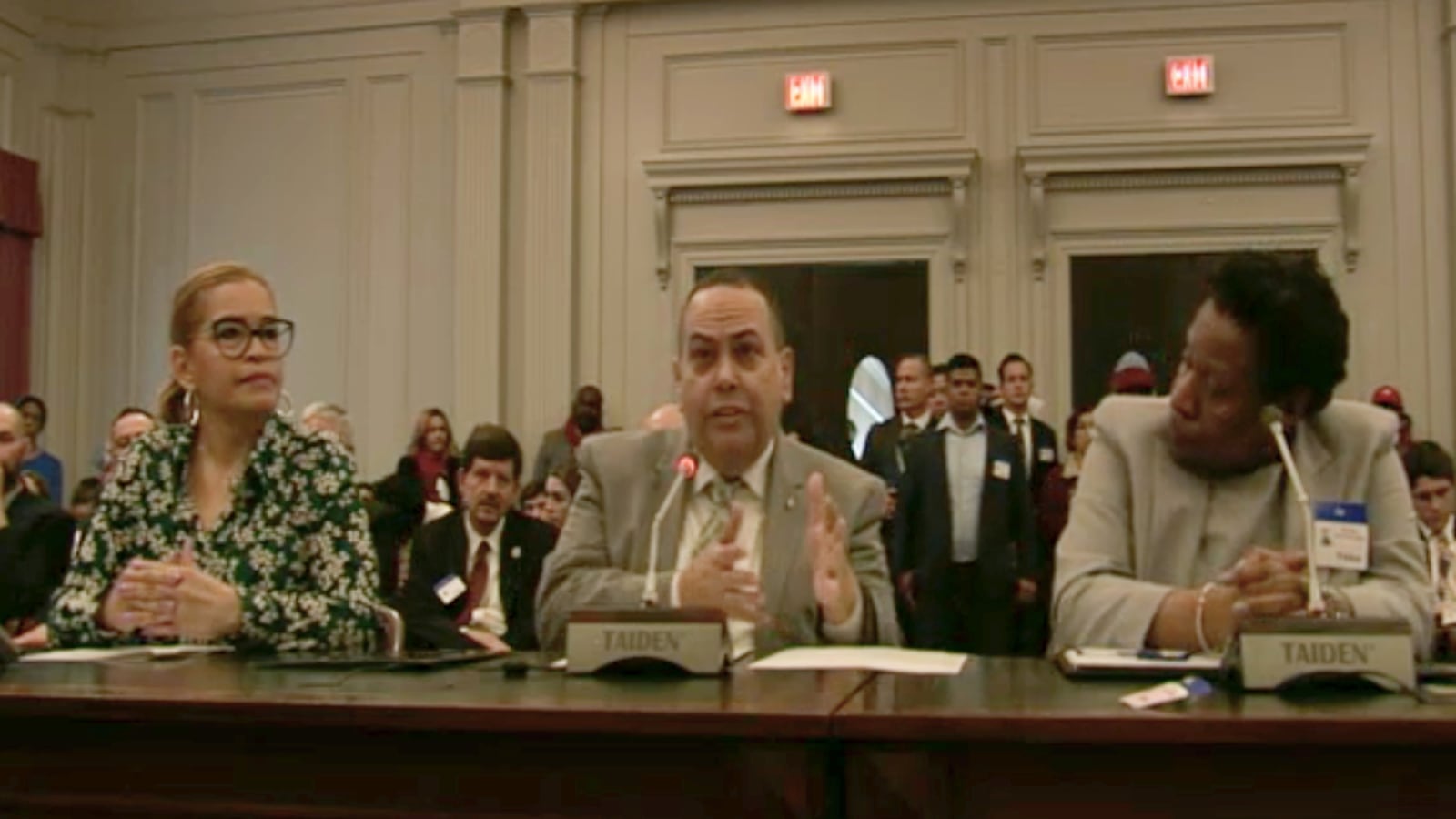A funding shortfall forced the Newark school district to cut teaching positions and postpone school repairs — including fire alarm installations and asbestos removal, according to a district letter asking the state for emergency aid.
The Aug. 9 letter from Newark’s superintendent to the state education commissioner blamed the cuts on a smaller-than-expected boost in state funding this year. The district now needs nearly $37 million in emergency funds to afford school repairs and pay charter schools, the letter said.
But the odds of Newark getting that much extra money may be slim. Last year, the state gave out less than $7 million in emergency aid.
The state education department told districts in July that they could apply for extra funding to supplement the amount they were allocated in the state budget. Newark requested an extra $36.7 million, which included $24 million the district says it may owe charter schools but cannot afford without more state money.
“If we do not receive the $36.7 million, the district’s inability to implement its educational programs will directly impact the students’ classroom experiences,” Superintendent Roger León said in the letter. “Also we will not be able to meet our financial obligations to the charter schools.”
The state already gave Newark 3.15% more in education aid for the upcoming school year than what the district received last year. But León said that funding boost was not enough to avoid the spending cuts.
The “district was forced to make $12.7 million in cuts in order to balance the budget and avoid hundreds of layoffs,” he wrote to state Education Commissioner Lamont Repollet.
The cuts included 17 teaching positions, along with 11 other district employees, according to the letter. New science, math, and English teaching materials were put on hold. A number of school repairs were not made, including the renovation of Newark Vocational High School — scheduled to reopen next month — and the removal of asbestos from Hawkins Street School. New fire alarms costing $500,000 were not installed.
The freeze on new fire alarms and asbestos removal raise questions about student safety, though the letter does not address any safety concerns. The letter does say the spending cuts will prevent León from fully enacting his new plan to create “a stronger, wiser, and more efficient” district.
A district spokeswoman did not immediately respond to a request for comment Thursday. A state spokesman said the education department is currently reviewing requests for emergency aid, but has not granted any requests so far this year.
Nearly 200 school districts had their state aid cut this year as New Jersey phases in budget changes meant to shift money to underfunded districts, as determined by the state’s school-funding formula. Some of those districts have warned of massive layoffs, and Jersey City — which saw the biggest funding cut — sued the state.
But Newark was not one of the districts that lost state funding; instead, it got a boost of $24.8 million. Still, as Newark officials point out, the increase is $174 million short of what Newark is owed according to the state’s formula, which has not been properly enacted for years.
Last year, the state education department awarded $6.8 million in emergency aid, which was divided among 13 districts — out of nearly 50 that applied. Unlike Newark, all the districts that received the money had lost state funding that year.
At a state Assembly hearing in April, Repollet suggested that many districts would have to do some budgetary belt-tightening. Only those in true “fiscal distress” would get emergency aid.
“I think that’s the keyword we’re going to start using — fiscal distress,” Repollet told the lawmakers, according to NJ 101.5. “Because it’s a difference between tightening up.”
Newark’s letter to Repollet this month is just the district’s latest plea for more funding.
In March, Newark officials joined their peers from other districts in lobbying state lawmakers for extra aid. León told the Assembly members that the district had expected a larger funding boost from the state this year than what it received, and said the city was doing its part by raising property taxes.
He also said the growth of Newark’s charter sector could cost the district an additional $39 million this school year if the schools reach their full projected enrollment. (In New Jersey, charter school funding comes out of district budgets.) The district had only budgeted for a $15 million increase, leaving it $24 million short, León said.
However, at a district budget hearing, officials acknowledged that charter schools typically do not reach their full projected enrollment — calling into question whether the district will actually be on the hook for the full $39 million.
Charter school advocates say the state should give Newark schools more money. But they also insist that the district has enough in its budget to give charter schools their due.
“Newark schools have been under-funded for years, and they deserve every penny of this request — and then some,” said a statement from Kyle Rosenkrans, head of the New Jersey Children’s Alliance, a Newark-based advocacy group that promotes district-charter collaboration.
“However, charter schools aren’t even remotely the problem,” the statement continued. “These are Newark kids that would attend the district schools if charters didn’t exist, and charter per-student funding has been held flat for years while state aid to the district has gone up a total of $62 million over the last two years.”

